 Photovoltaics in Poland is one of the fastest growing renewable energy sectors, and one of the most cost-effective ways for companies to reduce their electricity costs.
Photovoltaics in Poland is one of the fastest growing renewable energy sectors, and one of the most cost-effective ways for companies to reduce their electricity costs.
The development of photovoltaics in Poland, from the perspective of companies and industry, is an investment with many benefits, both economic and environmental. Here are some of them:
- Reduction of electricity bills by up to 90%. On average, electricity costs account for about 20% of a company’s overall expenditure, and in some industries even more. Photovoltaics allow you to produce your own energy, which is cheaper and more stable than that from the grid.
- Increased energy independence and security of supply. Photovoltaics ensure that your business continues to operate even in the event of a grid failure or energy unavailability. In addition, thanks to energy storage, surplus energy can be stored for own use.
- Improved corporate image and environmental awareness. Photovoltaics is one of the cleanest and most environmentally friendly ways of generating energy. By using photovoltaics, a company demonstrates its commitment to climate protection and the reduction of CO2 emissions.
The development of photovoltaics for companies in Poland operates on similar principles to photovoltaics for single-family houses, with some differences. Depending on the power and type of installation, a company can benefit from one of the following solutions:
- RES micro-installations of less than 150 kWp – for smaller companies. In this case, the company can benefit from net-metering or net-billing, i.e. the billing of surplus photovoltaic energy to the grid.
- Small RES installations from 150 kWp to 1 MWp – for hotels, spas, etc. In this case, the company can sell photovoltaic energy to the grid on the basis of a PPA (Power Purchase Agreement), i.e. a long-term agreement to purchase energy at a fixed price.
- RES installations above 1 MWp – for production facilities. In this case, the company can sell photovoltaic energy through the RES auction, a support system for renewable energy producers
Photovoltaics for companies is an investment that pays for itself after seven years on average, and sometimes even faster, which is why we are also seeing intensive development in Poland. The development of photovoltaics in Poland will intensify in the coming years. According to the report ‚Photovoltaic market in Poland 2022’, depending on the scenario, the market may grow by as much as 343% relative to 2021, to 34.1 GWp of cumulative capacity in 2027. This growth will be driven by rising electricity prices, the development of the prosumer market, government and EU support, as well as the growing environmental awareness of society and entrepreneurs. Photovoltaics in Poland is therefore becoming not only a beneficial but also a necessary solution for business.
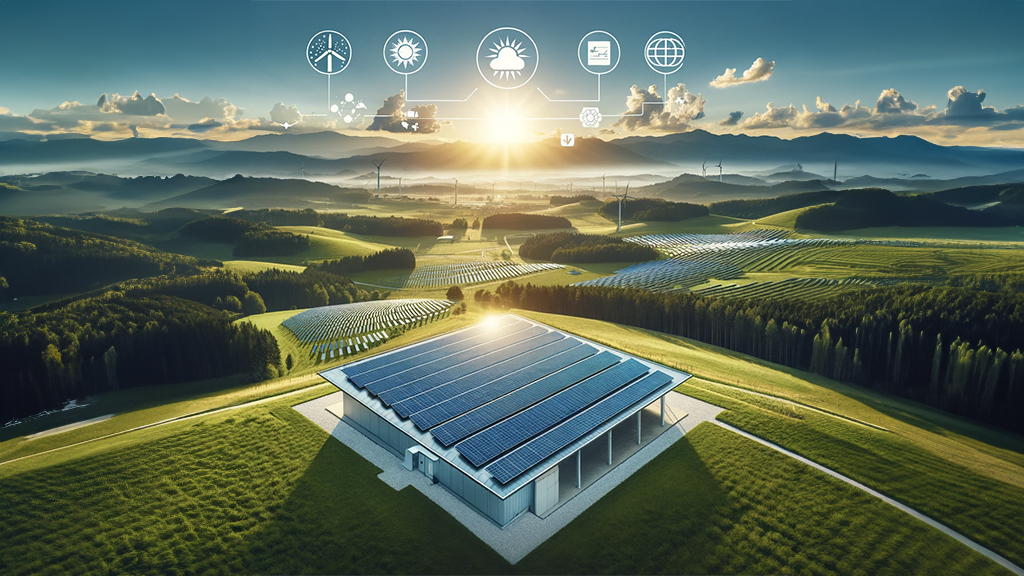

 Climate Tech is an emerging trend in the technology industry to reduce greenhouse gas emissions and adapt to climate change. Climate Tech encompasses a wide range of solutions such as renewable energy, energy storage, low-carbon transport, sustainable agriculture, smart buildings, the closed-loop economy and many more.
Climate Tech is an emerging trend in the technology industry to reduce greenhouse gas emissions and adapt to climate change. Climate Tech encompasses a wide range of solutions such as renewable energy, energy storage, low-carbon transport, sustainable agriculture, smart buildings, the closed-loop economy and many more.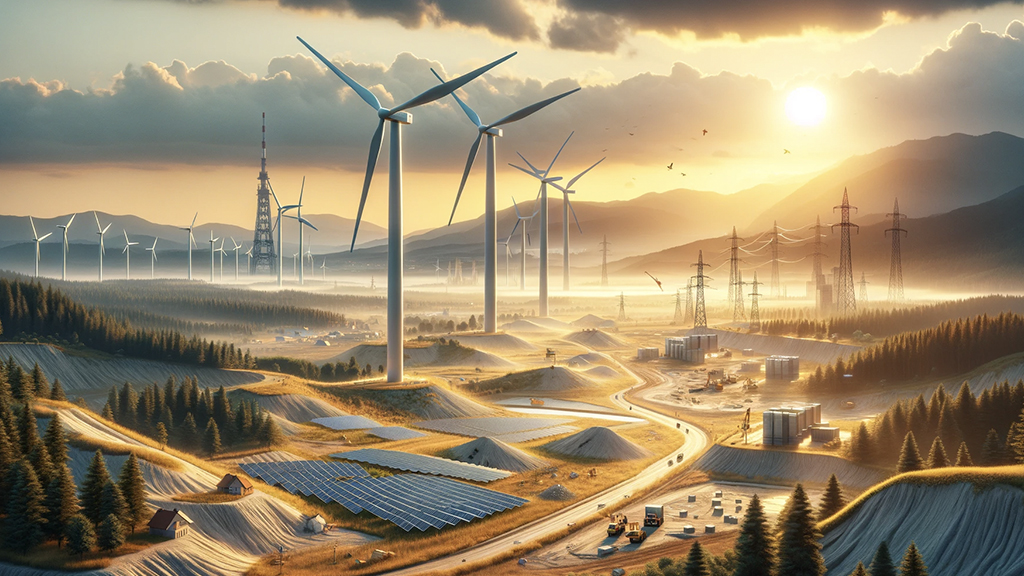
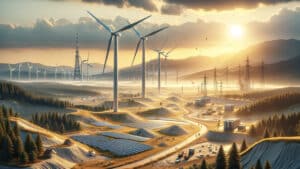 Renewable Energy Sources (RES) are those that use natural resources such as wind, solar, water, biomass or geothermal to generate electricity, heat or mechanical energy. RES are key to the sustainable development of national economies as they contribute to reducing greenhouse gas emissions, improving air quality, increasing energy security and creating new jobs.
Renewable Energy Sources (RES) are those that use natural resources such as wind, solar, water, biomass or geothermal to generate electricity, heat or mechanical energy. RES are key to the sustainable development of national economies as they contribute to reducing greenhouse gas emissions, improving air quality, increasing energy security and creating new jobs. 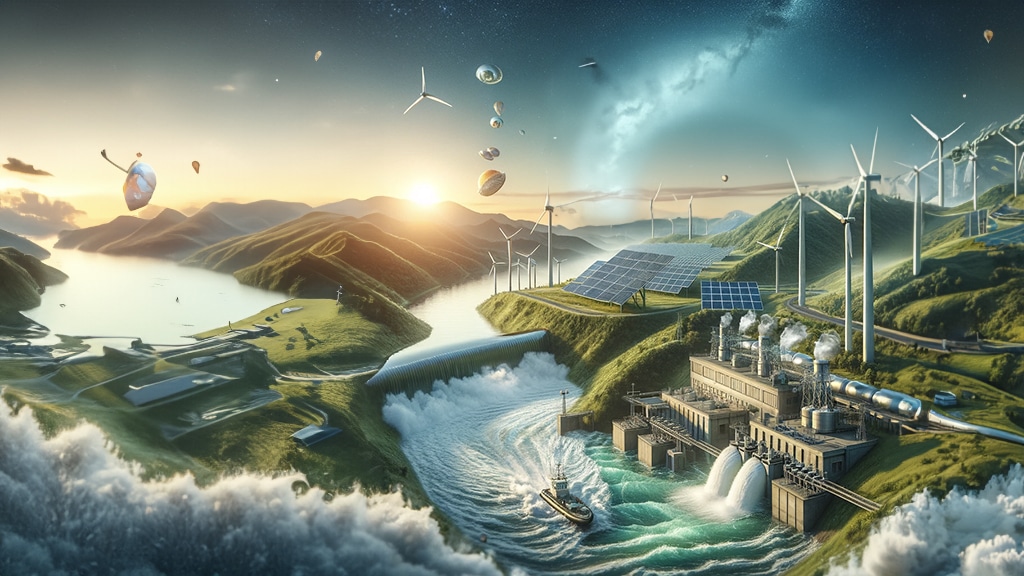
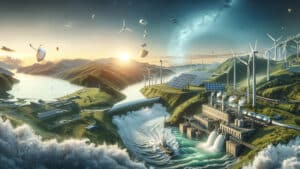 In today’s times, as
In today’s times, as 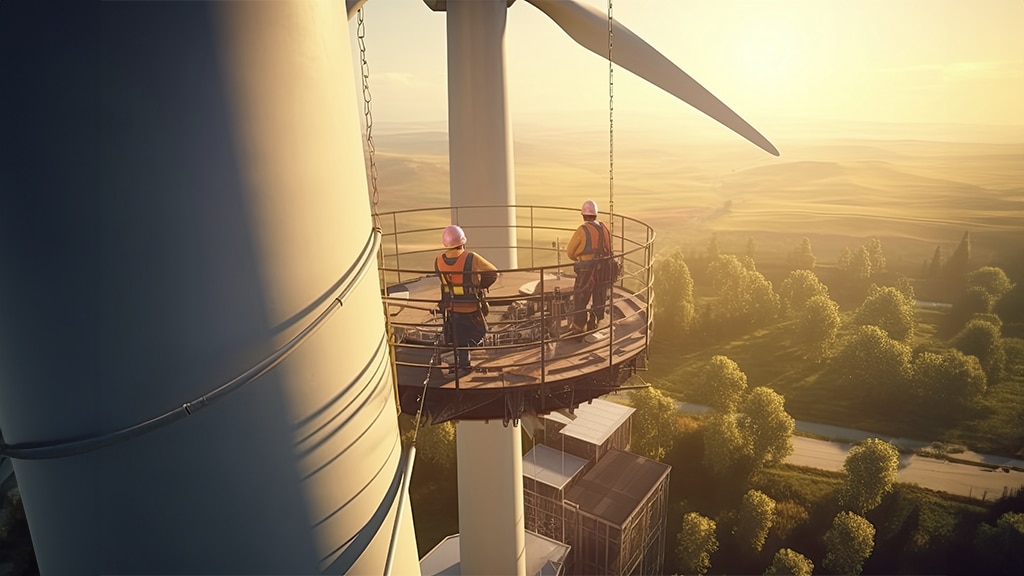
 Wind Farm Service is a provision that involves regular checking and repairing of wind turbines to ensure their optimal performance and reliability. Servicing wind farms is crucial as it allows for the full potential of this renewable energy source to be harnessed, which brings numerous environmental and economic benefits. Some of these benefits include:
Wind Farm Service is a provision that involves regular checking and repairing of wind turbines to ensure their optimal performance and reliability. Servicing wind farms is crucial as it allows for the full potential of this renewable energy source to be harnessed, which brings numerous environmental and economic benefits. Some of these benefits include:
 Energy infrastructure comprises a set of devices and facilities used for generating, transmitting, distributing, and storing various types of energy, such as electricity, gas, petroleum, and CO2. This infrastructure is essential for ensuring access to energy for the population, economy, and environmental protection.
Energy infrastructure comprises a set of devices and facilities used for generating, transmitting, distributing, and storing various types of energy, such as electricity, gas, petroleum, and CO2. This infrastructure is essential for ensuring access to energy for the population, economy, and environmental protection.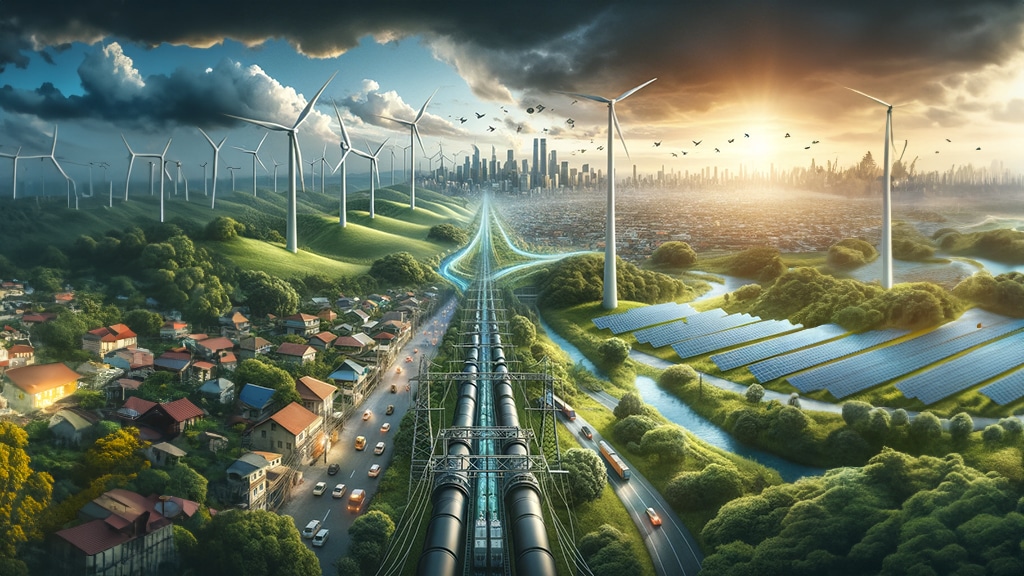
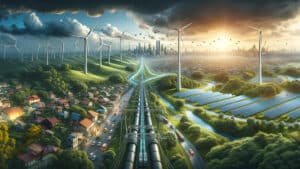 Renewable energy sources (RES) are becoming an increasingly important component of the Polish and European energy systems. Their development is beneficial not only to the environment but also to the economy and society. However, RES also have certain limitations, such as dependence on weather conditions, variability in production, and low utilization of transmission infrastructure. To overcome these barriers and increase the efficiency and stability of RES, new and innovative solutions are needed. One such solution is cable pooling.
Renewable energy sources (RES) are becoming an increasingly important component of the Polish and European energy systems. Their development is beneficial not only to the environment but also to the economy and society. However, RES also have certain limitations, such as dependence on weather conditions, variability in production, and low utilization of transmission infrastructure. To overcome these barriers and increase the efficiency and stability of RES, new and innovative solutions are needed. One such solution is cable pooling. What are the benefits of cable pooling?
What are the benefits of cable pooling?
 The transformation of the Energy Industry is a key challenge for Poland and the world, as it requires a change in the way electricity and heat are generated and distributed. Renewable energy sources, such as wind, sun, water, and biomass, offer many advantages, including lower greenhouse gas emissions, reduced fossil fuel consumption, and greater energy independence. However, to effectively utilize these sources, a comprehensive approach to planning the acquisition and generation of power is needed, taking into account their variability, dispersion, and costs.
The transformation of the Energy Industry is a key challenge for Poland and the world, as it requires a change in the way electricity and heat are generated and distributed. Renewable energy sources, such as wind, sun, water, and biomass, offer many advantages, including lower greenhouse gas emissions, reduced fossil fuel consumption, and greater energy independence. However, to effectively utilize these sources, a comprehensive approach to planning the acquisition and generation of power is needed, taking into account their variability, dispersion, and costs.
 Modernity and efficiency in renewable energy are key factors that influence the investment attractiveness of RES. Modernity means the use of the latest technologies and quality standards, ensuring high efficiency and reliability of RES systems. Efficiency implies optimizing costs and profits associated with the production and consumption of energy from RES, taking into account technical, economic, social, and environmental aspects.
Modernity and efficiency in renewable energy are key factors that influence the investment attractiveness of RES. Modernity means the use of the latest technologies and quality standards, ensuring high efficiency and reliability of RES systems. Efficiency implies optimizing costs and profits associated with the production and consumption of energy from RES, taking into account technical, economic, social, and environmental aspects.
 Creativity is a key factor in the development of renewable energy sources (RES). It gives rise to new engineering solutions that enhance efficiency, reduce costs, and minimize negative environmental impact. Some examples of creative projects related to RES include:
Creativity is a key factor in the development of renewable energy sources (RES). It gives rise to new engineering solutions that enhance efficiency, reduce costs, and minimize negative environmental impact. Some examples of creative projects related to RES include:



